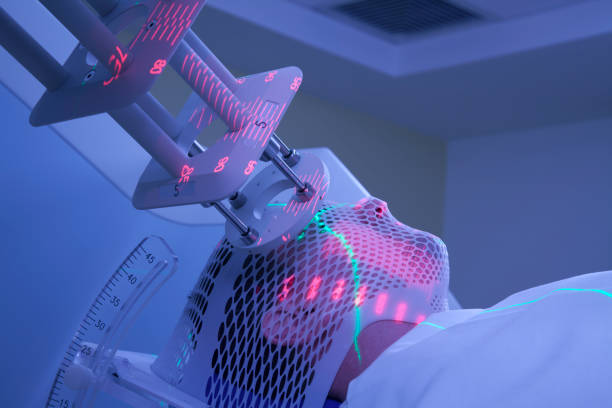

Session 16 on Radiation Oncology
Radiation Oncology which deals with the use of high-energy radiation to treat cancer. It involves the use of ionizing radiation, such as X-rays and gamma rays, to kill cancer cells or prevent them from growing and dividing.
The radiation used in radiation oncology is delivered by a machine called a linear accelerator, or linac, which generates high-energy X-rays or electrons. The radiation can also be delivered using radioactive implants, such as brachytherapy, or through a radioactive source that is placed on or near the tumor site.
Radiation Oncology is used to treat a variety of cancers, including breast cancer, lung cancer, prostate cancer, and brain tumors. It can also be used in combination with other cancer treatments, such as chemotherapy and surgery, to provide a more comprehensive approach to cancer care.
During Radiation Oncology treatment, the radiation is carefully targeted to the cancerous cells in order to minimize damage to healthy cells and tissues. The treatment is typically administered over a period of several weeks, with patients receiving small doses of radiation each day.
Side effects of Radiation Oncology can include fatigue, skin irritation, and nausea, among others. However, these side effects are usually temporary and can be managed with medication or other supportive therapies.
Sub Tracks: